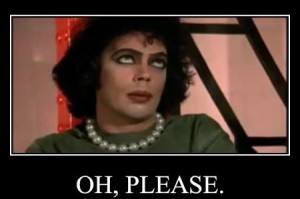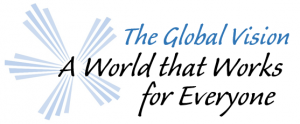If the internet is to be believed, the origins of the New Year Resolution date back to Babylonian times when people promised their gods that they would return borrowed objects and repay their debts. The next to take up the challenge were the Romans who apparently made promises to their god Janus, for which the first month of the year is named.
But I think the real master of the meaning behind those resolutions is far more likely to be something whose roots date back to some of the more arcane aspects of spiritual truths some call Ancient Wisdom, and today rests largely in the hands of New Thought followers, with Ernest Holmes being one of the true masters.
In his book Science of Mind, Holmes wrote extensively about the correct use of our minds to create our experience, and he parsed down the role of the mind into distinct parts: the purpose of the will, the role of creativity, and the commitment to attention.
When we start to look at our resolution through this lens, the experience becomes all the more real, and all the more exciting. We are no longer simply throwing out words to appeal to others, or wondering why we even bother when we never really change. We follow a mental method, and through that we transform our thinking, and gain a new experience.
New Years – and the practice of resolution – is then a vital part of the practice of Religious Scientists. It is our annual commitment to demonstrate what we believe.
It’s also a timely reminder that “will power” is not what makes it possible, as Holmes so eloquently points out. It is the will – or the intention – that sets the process in motion, but will power has no creative energy attached to it. That is the spiritual aspect – the Creative Source. When we “will” something, we are using our ego and attempting to force a specific outcome. The result is our resolutions fail because we have not embraced the concept into our being and given it over to Source.
Instead, Holmes offers up this prescription: that we use our will to decide what we wish to have. Then we allow the creative power to work through us for the result.
We cannot dictate the form – nor is it our job to do so. Our job is simply to “concentrate our attention” on what we want. We then allow Law – or Source – to create the form, and then simply wait for it to unfold – all the while maintaining our attention on what we want.
In practical terms this might look like this: rather than resolving to lose 20 pounds, we resolve to honour our bodies. As we come to believe this, we begin to see the world with new eyes and find new creative ways to make good on what our will has decided it wants. We are now working with the Creative Process, and in so doing we are claiming ourselves as a divine reflection of it.
Holmes describes the purpose of the will as like a gatekeeper – we use it to decide what we want to set in motion through the Creative Mind.
When we look at resolutions from this standpoint, there is great power in the process. Our job then is to choose carefully what we wish for, and to hold fast to that belief, allowing Spirit, God, to do the rest.
It’s a new year. Think about what you want, want you really really want, and then just see how powerful the Creative Process really is. Come 2015, you may be astounded by what all that has occurred.
(Anyone curious about Holmes’ perspective can turn to his chapter in Science of Mind on Physical Perfection: What We Understand about Healing.)











